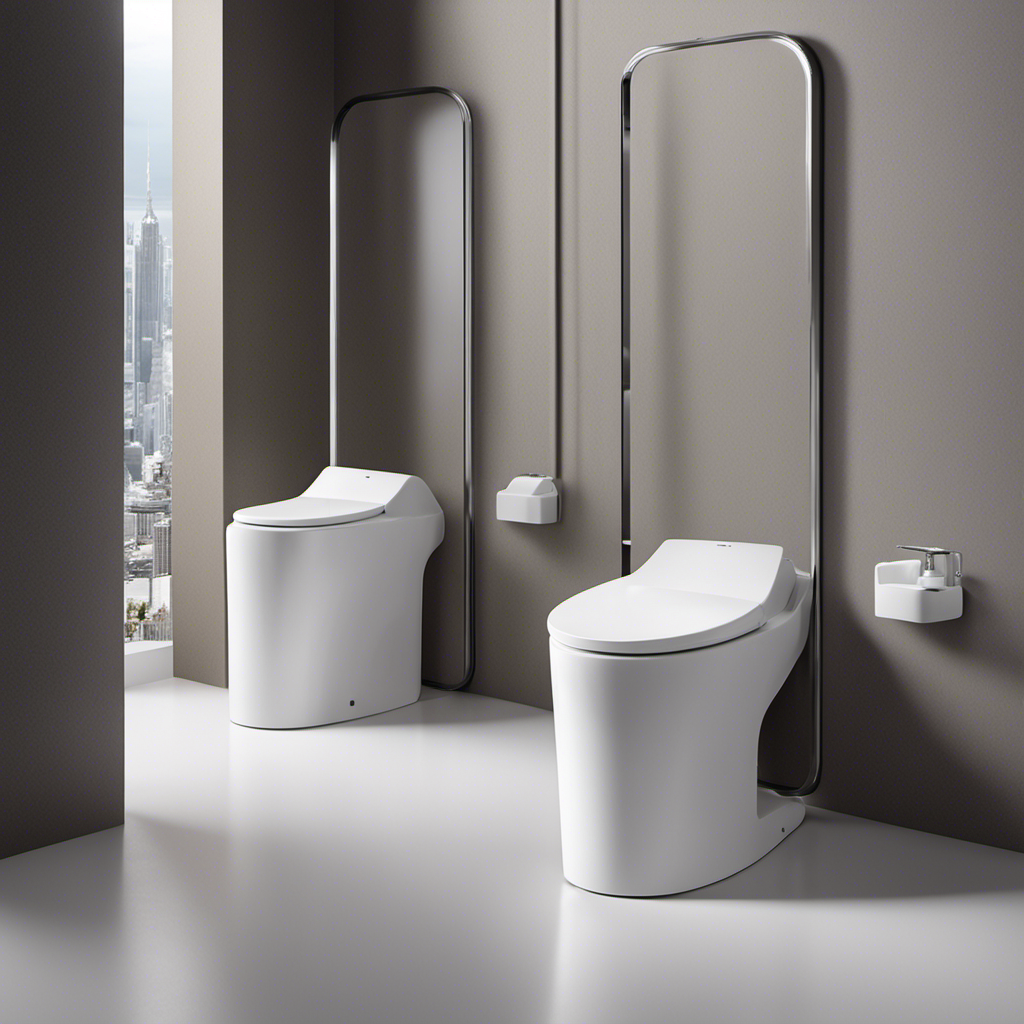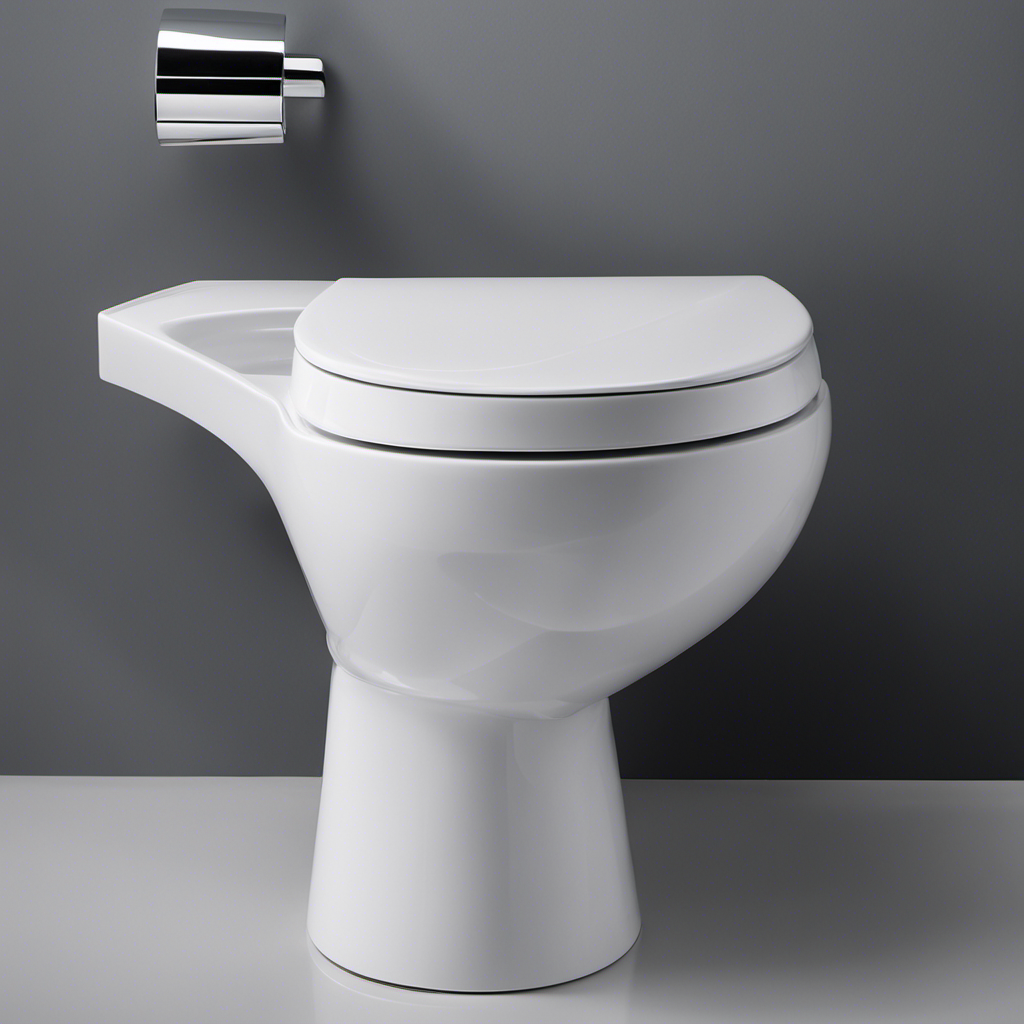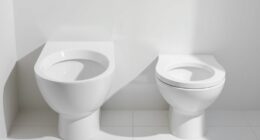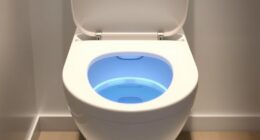Ladies and gentlemen, prepare to embark on a journey beneath the surface as we delve into the hidden world of wastewater disposal.
Ever wondered where the waste goes after it disappears down the toilet? Brace yourselves as we unravel the mysteries of the sewer system, navigate the underground network, and witness the intricate process of wastewater treatment.
Join us as we explore the fate of solid waste and discover the fascinating world that lies beyond our porcelain thrones.
Get ready for an enlightening and eye-opening adventure!

Key Takeaways
- Waste from toilets travels through pipes and gravity-assisted flows in the sewer system.
- Regular maintenance and inspections of the sewer system are necessary to prevent blockages or overflows.
- Wastewater is treated at treatment plants through a series of steps including preliminary, primary, secondary, and tertiary treatments.
- Treated wastewater is discharged into the environment after meeting safety standards, but careful monitoring and regulation of disinfection methods are important to minimize negative environmental impact.
The Journey Begins: From the Toilet to the Sewer System
Once we flush the toilet, the waste begins its journey from the toilet bowl to the sewer system, through a series of pipes and gravity-assisted flows.
This process is essential for maintaining the proper functioning of the sewer system and minimizing its environmental impact. Sewer maintenance plays a critical role in ensuring the efficient transportation of waste and preventing blockages or overflows. Regular inspections and cleanings are necessary to identify and address any potential issues that may disrupt the flow.
Additionally, proper waste management practices are crucial in reducing the environmental impact of the sewer system. This includes promoting the use of eco-friendly products, implementing effective filtration systems, and treating wastewater before it’s released back into the environment.
Inside the Sewer Pipes: Navigating the Underground Network
As we continue our journey through the sewer system, let’s explore the intricate network of underground pipes that guide the waste from our toilets to its final destination.
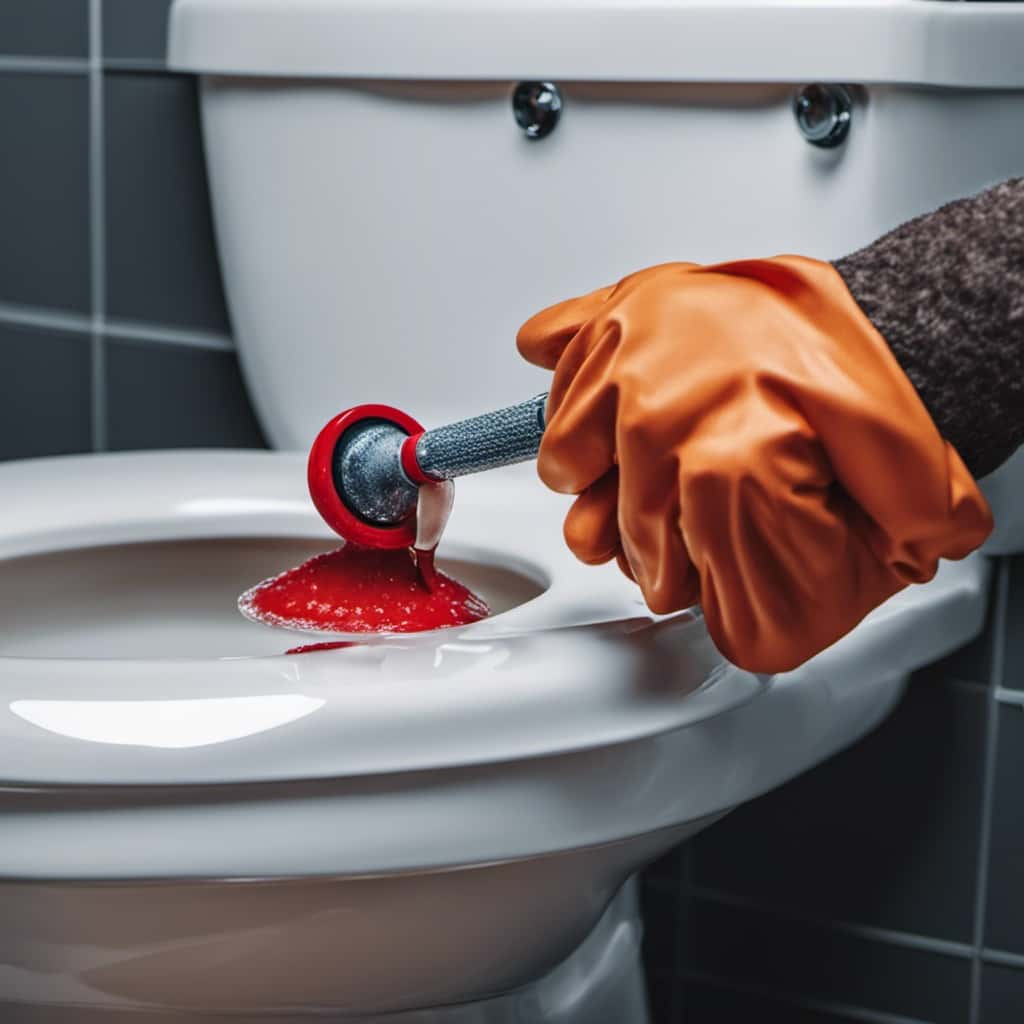
The underground infrastructure of sewer pipes plays a crucial role in managing and transporting wastewater efficiently. These pipes are typically made of durable materials like concrete or PVC, designed to withstand the corrosive nature of the waste they carry.
The network of pipes is carefully engineered, with various sizes and slopes, to ensure optimal flow and prevent clogs or backups. Regular maintenance and inspections are essential to identify and address any potential issues within the system.
While the underground infrastructure of sewer pipes is essential for waste management, it’s also crucial to consider the environmental impact. Proper treatment of wastewater and the prevention of leaks or overflows are vital to protect our water sources and ecosystems from pollution.
Arriving at the Treatment Plant: A Closer Look at the Wastewater Treatment Process
Navigating the underground network of sewer pipes, we now arrive at the treatment plant to take a closer look at the wastewater treatment process. At these treatment facilities, the wastewater undergoes a series of steps to remove contaminants and make it safe for release back into the environment.
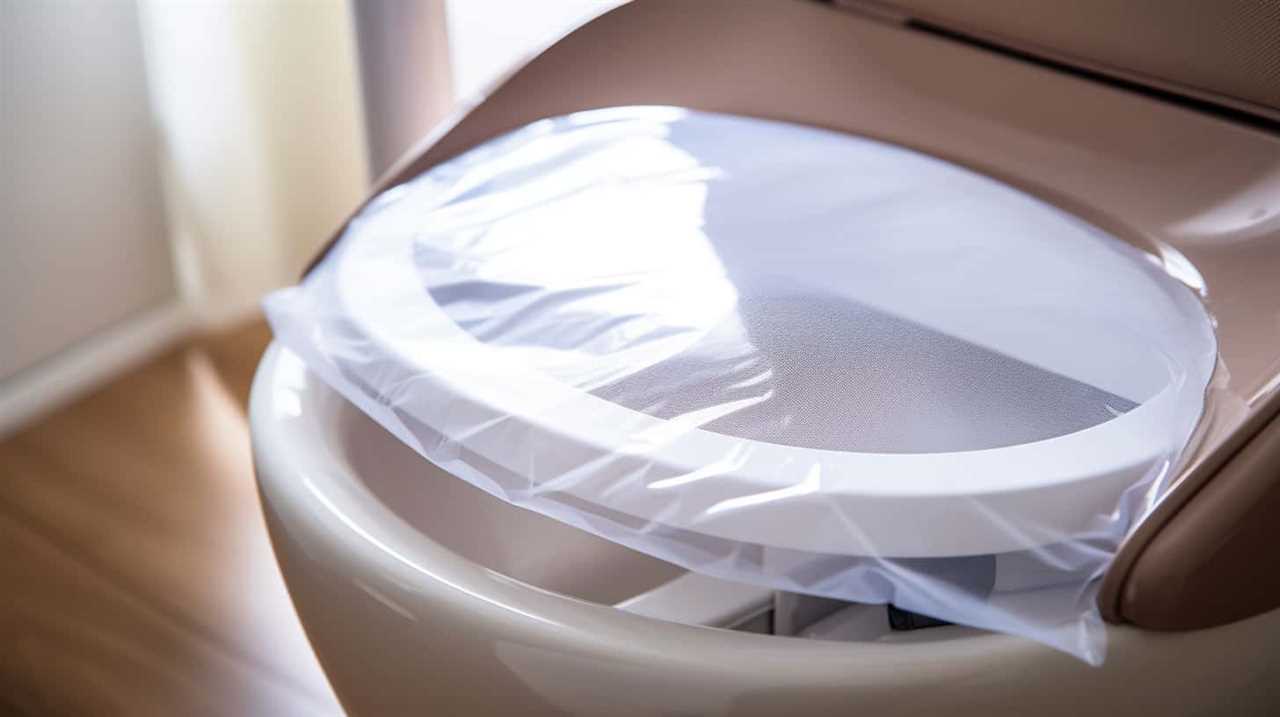
To better understand this process, let’s examine the different stages involved:
| Stage | Description |
|---|---|
| 1. Preliminary Treatment | Large debris, such as sticks and rocks, is removed through screens and grit chambers. |
| 2. Primary Treatment | Solid particles settle to the bottom and are removed as sludge, while oils and grease float to the top and are skimmed off. |
| 3. Secondary Treatment | Microorganisms break down organic matter in the wastewater, converting it into carbon dioxide and water. |
| 4. Tertiary Treatment | Additional filtration and disinfection techniques are used to further purify the water, ensuring its safety before release. |
| 5. Sludge Treatment | The sludge removed during the process is treated separately to reduce its volume and remove any remaining contaminants. |
Releasing Clean Water: How Treated Wastewater Is Safely Discharged
After undergoing the various stages of treatment, treated wastewater is regularly discharged into the environment to ensure its safe disposal and preservation.
Before releasing the water, it’s essential to ensure that any remaining pathogens or contaminants are effectively eliminated. This is achieved through the use of various disinfection methods, such as chlorination, ultraviolet (UV) radiation, or advanced oxidation processes.
These methods effectively kill or inactivate harmful microorganisms, ensuring that the discharged water meets the required safety standards.
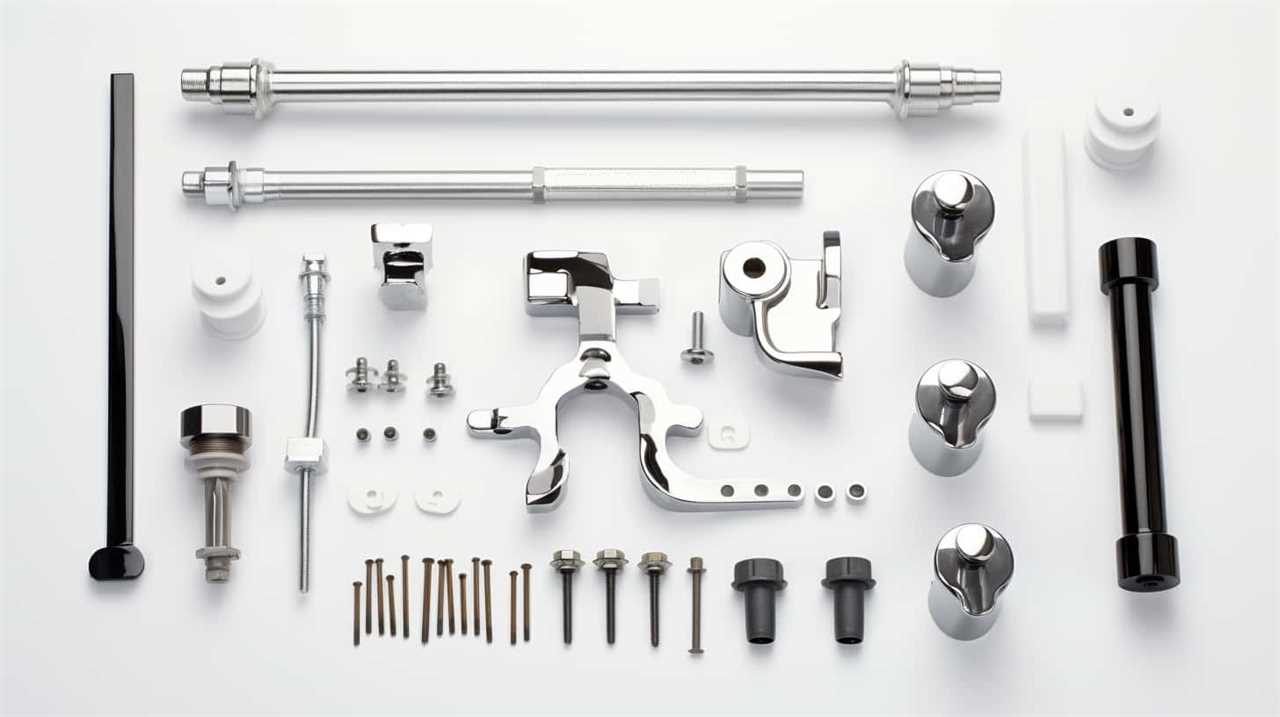
However, it’s important to consider the potential environmental impact of these disinfection methods. Chlorination, for example, can result in the formation of disinfection byproducts that may have adverse effects on aquatic ecosystems.
Therefore, it’s crucial to carefully monitor and regulate the use of disinfection methods to minimize their potential negative impact on the environment.
The Fate of Solid Waste: Exploring the Disposal and Recycling Options
One option for the disposal and recycling of solid waste is to utilize various methods and technologies. These disposal methods play a crucial role in managing the waste generated from toilets and other sources.
Landfills are commonly used for solid waste disposal, where the waste is deposited in designated areas and covered with soil. Incineration is another method, where solid waste is burned at high temperatures, reducing its volume and converting it into ash and gases.
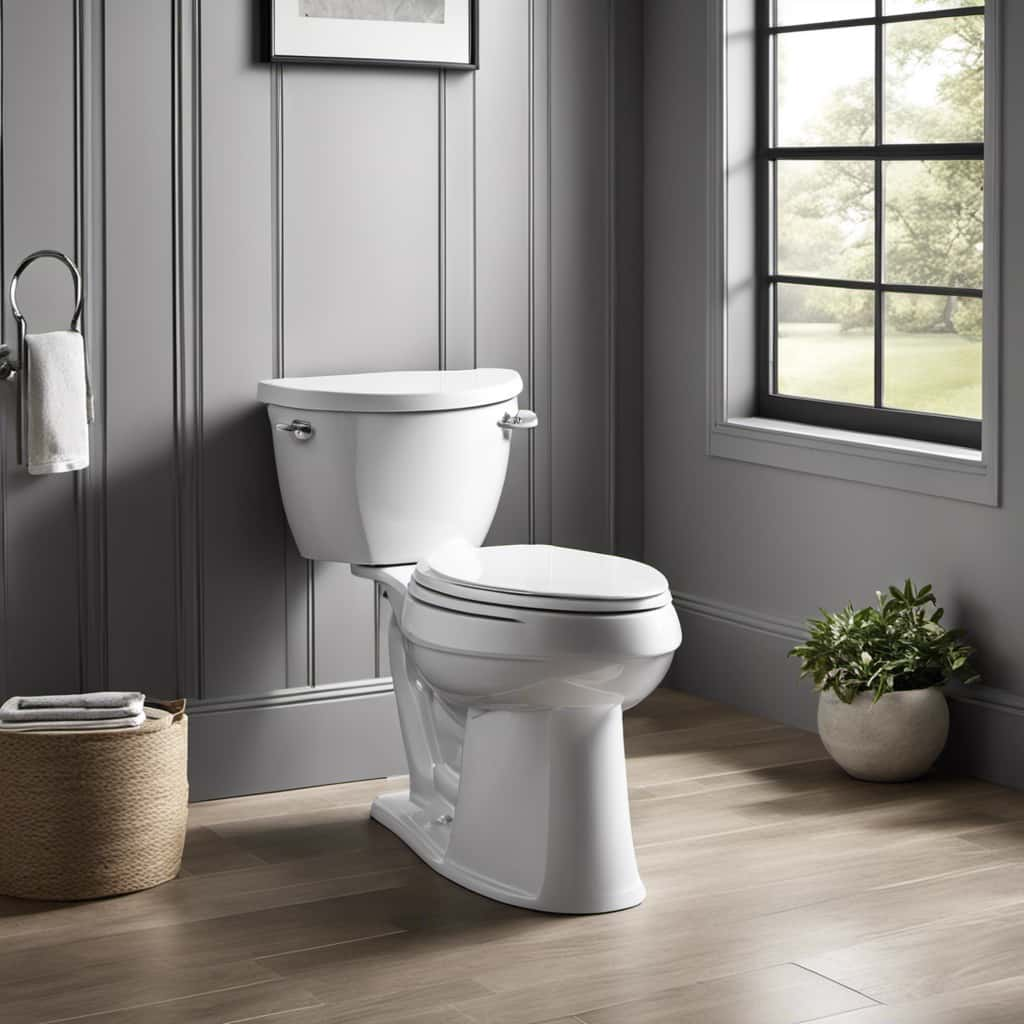
Recycling is an important approach to minimize the environmental impact of solid waste. Materials like paper, plastic, and glass can be recycled and used to produce new products, reducing the need for raw materials.
Composting is also a sustainable option, where organic waste is decomposed to produce nutrient-rich compost for soil.
Frequently Asked Questions
How Much Water Is Used for Flushing a Toilet?
When flushing a toilet, we use a certain amount of water. Water conservation is important, and toilet technology has made significant advancements in reducing water usage while maintaining functionality and cleanliness.
What Happens if the Sewer System Gets Blocked?
When the sewer system gets blocked, it can cause major issues. Sewer system maintenance is crucial to prevent this. Causes of sewer blockages include tree roots, grease buildup, and foreign objects.
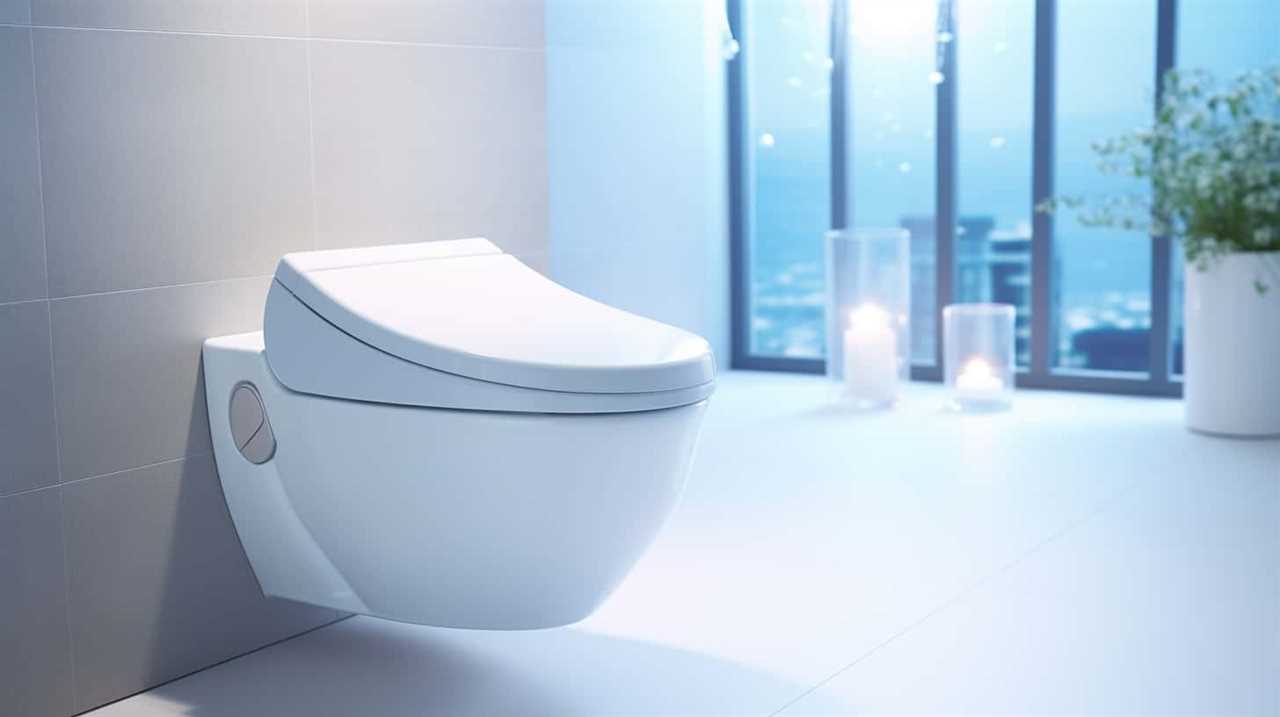
Are There Any Health Risks Associated With the Wastewater Treatment Process?
There are potential health risks during the wastewater treatment process, including the potential for contamination. It is important to understand and mitigate these risks to ensure the safety of both workers and the environment.
Can Treated Wastewater Be Reused for Other Purposes?
Treated wastewater has various applications, which can bring both potential risks and benefits. Understanding the scientific, informed, and analytical aspects of using treated wastewater is crucial for those seeking mastery in this field.
What Are the Environmental Impacts of Solid Waste Disposal and Recycling?
Water pollution and landfill management are important topics to consider when discussing the environmental impacts of solid waste disposal and recycling. It is crucial to understand the consequences and develop effective strategies to mitigate these issues.
Conclusion
In conclusion, the journey of waste after flushing the toilet is a fascinating and intricate process.
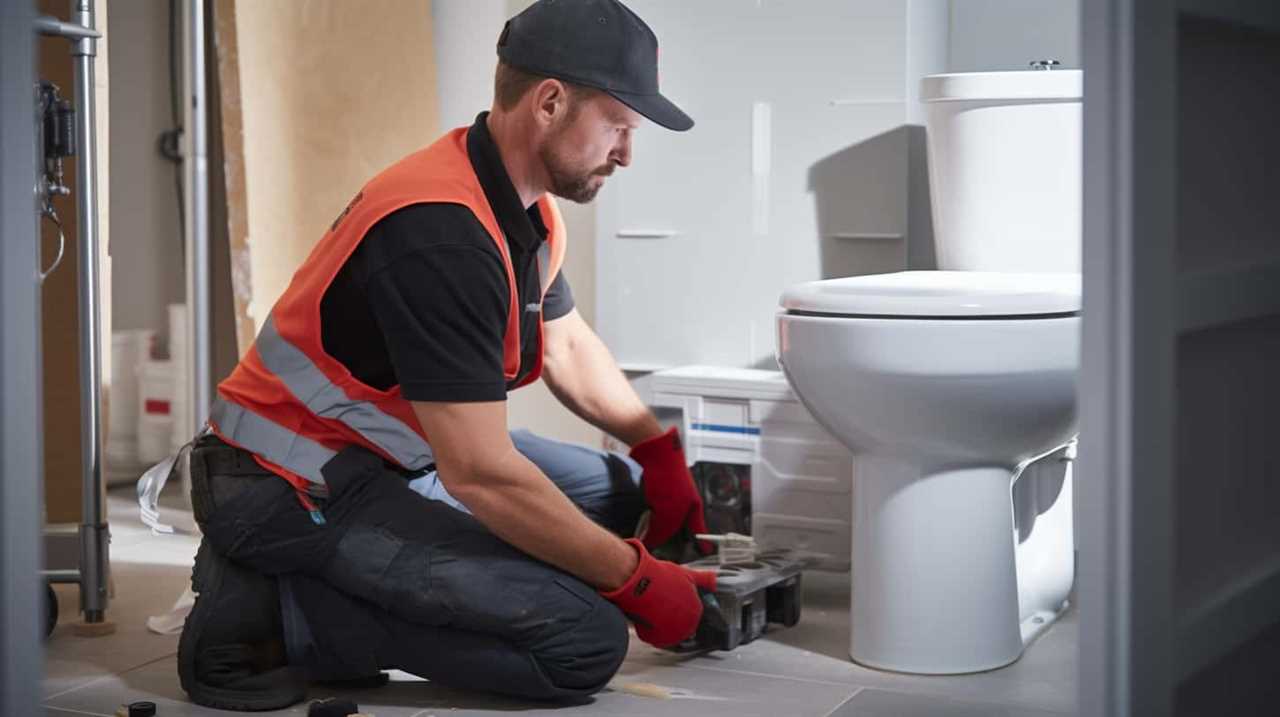
From the toilet to the sewer system, through the underground network of pipes, and finally arriving at the treatment plant, our waste undergoes a thorough cleansing and purification process.
The treated wastewater is then safely discharged, while solid waste is disposed of or recycled.
It’s a scientific marvel that ensures our environment remains clean, and one can’t help but marvel at the rhythm and flow of this unique journey.

